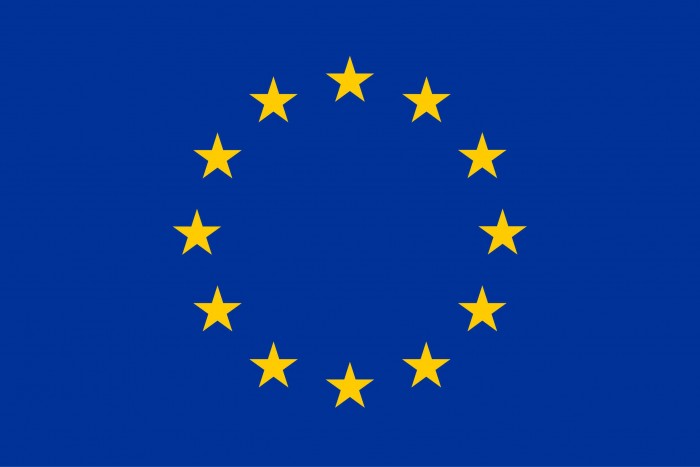Sudan
Introduction
Sudan is a typical Sahelian zone country with low level of rainfall, scarcity of water, and short agricultural season (3-4 month). The Sudan, with an area of 181 million hectares, is endowed with 61 million hectares of arable land, 14 million hectares of natural pasture and 21 million hectares of forests (only about 11.6% of the country area). About 60.2% is arid and semi-arid. The rangelands of Sudan support about 104 million heads of cattle, sheep, goats, and camels, and a wide range of wildlife species. The abundance of water resources is represented in the country’s share of the Nile Water, from seasonal rivers, ground water, and annual recharge from seasonal rainfall. These huge and diverse agricultural resources are envisaged, not only to meet the domestic needs for sustainable food security, employment opportunities, and foreign exchange earnings, but also to enable Sudan to contribute significantly to regional and international trade and food security.
As at 2016, Sudan’s population was 39 million. Poverty incidence, according to official estimates averages 46.5% nationally. The interaction of high levels of poverty, regional inequality and fragile social cohesion underpin ongoing rivalry over scarce resources, mass group mobilization and conflict. Drought is a recursive phenomenon and frequent drought cycles extending over 2-3 years are common. Deteriorating situation in areas of low rains and productivity created incidents 0f conflict and People displacement to urban centres. The situation leads to emergencies and call for relief. It is in the IDDRSI that the relief emergencies could only be halted through the drought resilience programmes.
The use of CAADP as an overall framework, both for public policy and development assistance, was essential for harmonizing national policies with those at regional levels. Improved coordination of development interventions to ensure their effectiveness, build institutional capacity for efficient service delivery and ensure sustainability also appears as key priorities in the government development documents. This has been reflected in the formulation of the National Agricultural Investment Programme (NAIP).
The Government of Sudan formulated integrated policies for the revival of the agriculture sector, reflected in the Agricultural Revival Executive Programme (AREP). The Government, through the Agricultural Revival Action Plan continued its commitment to expand the capital base in basic infrastructures, to open space for more foreign and domestic investment in different sectors of the economy. The executive programme for Agricultural Revival has defined the macro and sectoral priorities, in line with the CAADP pillars, to create a conducive investment environment for achieving food security, contributing to poverty alleviation, reviving the different production systems towards commercialisation and value added industrialisation. This is reflected in the priority areas for the period 2016-2020 agreed upon at the national level when setting the Sudan National Agricultural Investment Programme.
The Investment Encouragement Act was enacted in 2013 and adjusted in 2016. In addition, the High Investment Council headed by the President was established, to oversee private investment and resolve all policy issues with Federal and States Ministries and Departments. Also in 2016, the Desertification Law was reviewed and the National Adaptation Plan was adopted.
The Federal Ministry of Agriculture is the focal point for IDDRSI implementation in the Sudan. The approval of the National IDDRSI Platform of Sudan was signed by Head of State (Presidential Decree Number (380) for the year 2015). It is composed of three levels.
Core group
- Ministerial level committee of nine ministers; chaired by the Minister of Agriculture and Forestry and co-chaired by the minister of Environment, Natural Resources and Physical Development
- Formulates policies that support resilience building and oversees the operation of the Extended Group
Extended group
- Committee of undersecretary of the nine ministries and additional 25 members of natural resources directorates, civil society organisations and representatives of NGOs; chaired by the Undersecretary of the Ministry of Agriculture and Forestry and co-chaired by the Undersecretary of the Ministry of Environment, Natural Resources and Physical Development
- Ensures that the drought agenda is included in development plans and strategies
Focal point, technical support and coordination unit
- The Ministry of Agriculture and Forestry hosts the National IDDRSI Platform
- Provides technical backup for the upper two levels as the focal point; coordination unit with mandate to organise the different levels coordination meetings, and act as secretary for the Extended Group
Platform Steering Committee Member: Mr. Hassabo Mohamed Elhaj Abbas
IDDRSI Focal Point: Dr. Alamin Hassan Ibrahim – Ministry of Agriculture and Natural Resources
News from Sudan
Events in Sudan
Resources

The development and maintenance of this portal is co-funded by the European Union.

